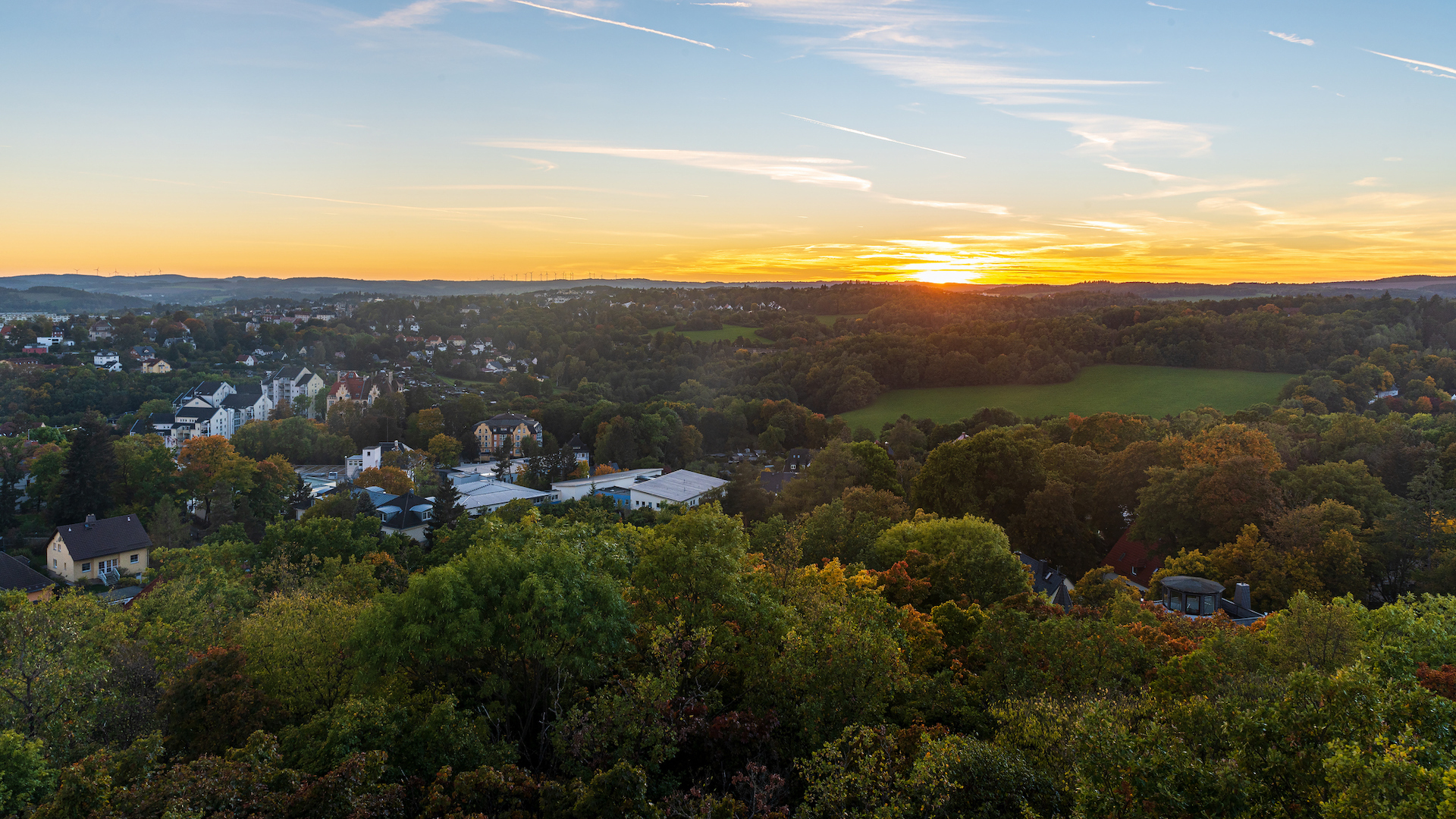Odd earthquake swarm in Central Europe hints at magma bubbling below the surface
An odd earthquake swarm has struck the region between the Czech Republic and Germany, far from any tectonic plate boundary.

An odd earthquake swarm on the border of Germany and the Czech Republic may hint at magma moving deep below the surface.
The quakes are in Vogtland, a region known for regular, low-level earthquake swarms. These swarms tend to last several weeks and lead to mostly mild shaking. The largest known quakes from the area are around magnitude 4.5, said Torsten Dahm, a geophysicist at the GFZ German Research Centre for Geosciences who's leading a project monitoring this region.
Dahm and his colleagues recently finished deploying a new network of seismometers installed in boreholes in the Vogtland area. These seismometers captured a late-March earthquake swarm unlike others seen in the area — the center of the swarm jumped 9 miles (15 kilometers) to the north, compared with previous swarms. And instead of occurring on a vertical fault line underground, it seems to have taken place on a near-horizontal underground structure.
Related: 2,000 earthquakes in 1 day off Canada coast suggest the ocean floor is ripping apart, scientists say
"For us it was a bit of a new observation and a little bit of a surprise," Dahm told Live Science. This indicates a complex seismic situation under this picturesque region of rolling hills and green meadows.
Vogtland is far from the edges of tectonic plates. The details of why there are earthquakes in the area are still unclear, Dahm said, but most likely, they are the result of carbon dioxide bubbling up from magmatic fluids some 30 miles (50 km) deep. There are no active volcanoes in the area, and there's very little evidence of ancient volcanic activity, Dahm said.
One major question the research team has is whether melty magma itself actually comes out of the mantle and into the crust under this region, or whether the quakes are caused by fluids and gases produced by the magma.
Get the world’s most fascinating discoveries delivered straight to your inbox.
Compressional forces in the crust would likely keep these magmas from erupting, Dahm said, but they might accumulate in the crust over time. If so, this would have implications for the evolution of new volcanoes over tens of thousands or hundreds of thousands of years. In other words, volcanoes could one day erupt in this currently peaceful region if the magmas accumulate. Or the magmas might simply remain below the surface, never causing more than small temblors..
The findings also may have implications for seismic activity in other regions where volcanic activity is possible.
"There is a good opportunity now with these very precise observations of seismicity to possibly better answer the question, what really causes the earthquake swarms?" Dahm said.

Stephanie Pappas is a contributing writer for Live Science, covering topics ranging from geoscience to archaeology to the human brain and behavior. She was previously a senior writer for Live Science but is now a freelancer based in Denver, Colorado, and regularly contributes to Scientific American and The Monitor, the monthly magazine of the American Psychological Association. Stephanie received a bachelor's degree in psychology from the University of South Carolina and a graduate certificate in science communication from the University of California, Santa Cruz.


